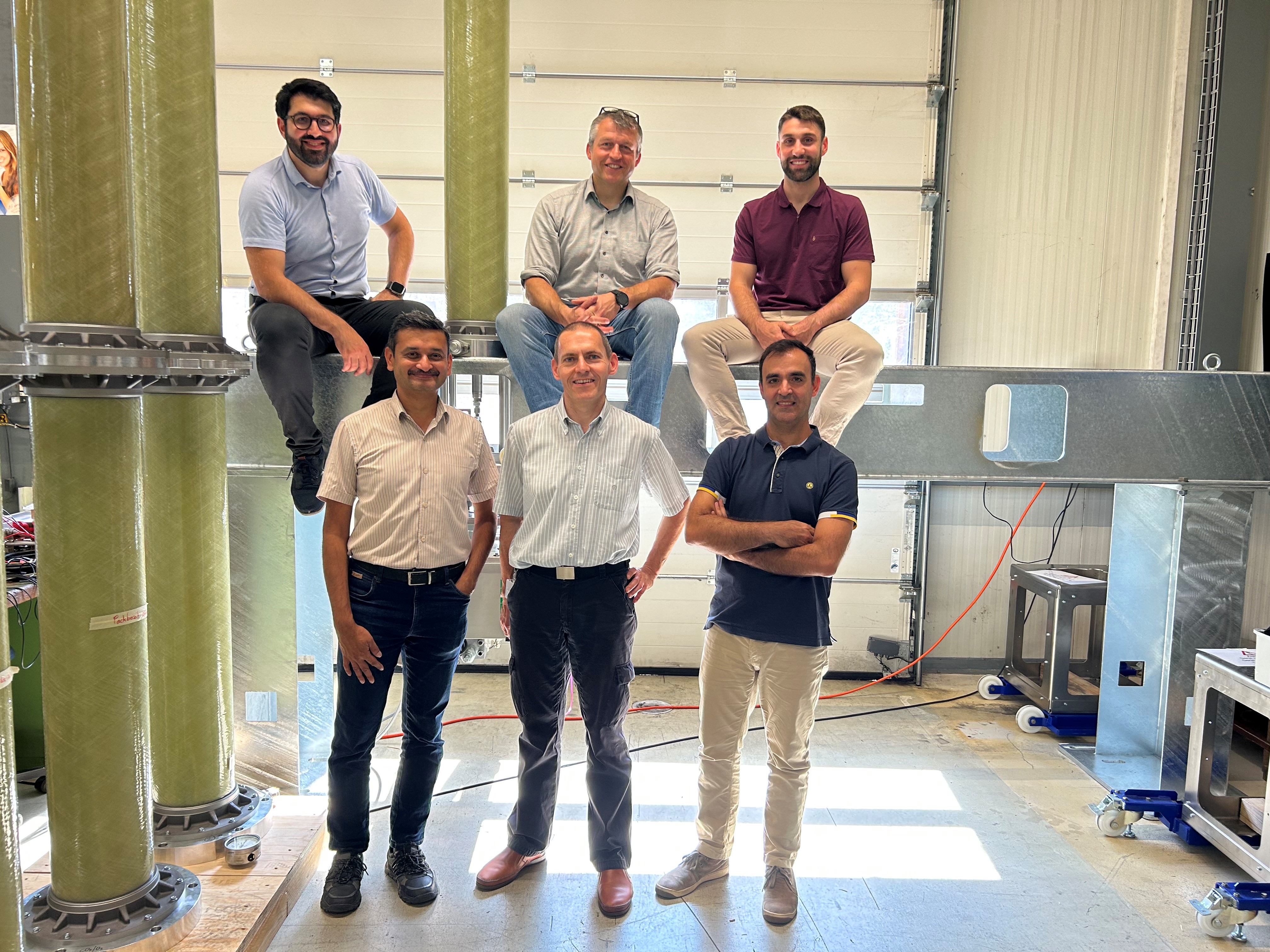We are proceeding well with the development of our high voltage air-insulated switchgear (AIS) circuit breaker for substations, which uses an SF6-free and F-gas-free as its insulation media, helping to set a new standard for the safe and sustainable operation of electrical grids.
Our passion for current and voltage has driven us to initiate the development of a cutting-edge eco-circuit breaker. At Pfiffner, we believe people can make a difference in everything we do. That's why we're thrilled to announce a new era for our company. As part of this era, we're relentlessly working on our circuit breaker technology using eco-friendly gas that eliminates the need for SF6 and F-gases. Based on innovative concepts, this solution provides sustainability without compromising performance or safety.
Sulfur hexafluoride, commonly known as SF6, is a man-made gas utilized primarily as an electrical insulator and arc suppressant. While extremely effective in circuit breaker applications, it is also one of the most harmful greenhouse gases. As such, component manufacturers in the electrical grid sector have sought solutions to limit its usage in recent years. PFIFFNER's solution instead uses an eco-compatible gas that eliminates SF6 and F-gases.
At Pfiffner, taking charge and driving change in our industry is crucial. That's why we have poured our passion into developing the eco-circuit breaker - a game-changer that combines advanced technologies with environmentally friendly features. With this breakthrough innovation, we will expand our substation portfolio by offering circuit breakers that enable safe power transfer while minimizing environmental impact. The development of the eco-circuit breaker is ongoing, so stay tuned.
Thank you to the circuit breaker development team for the outstanding accomplishments.
